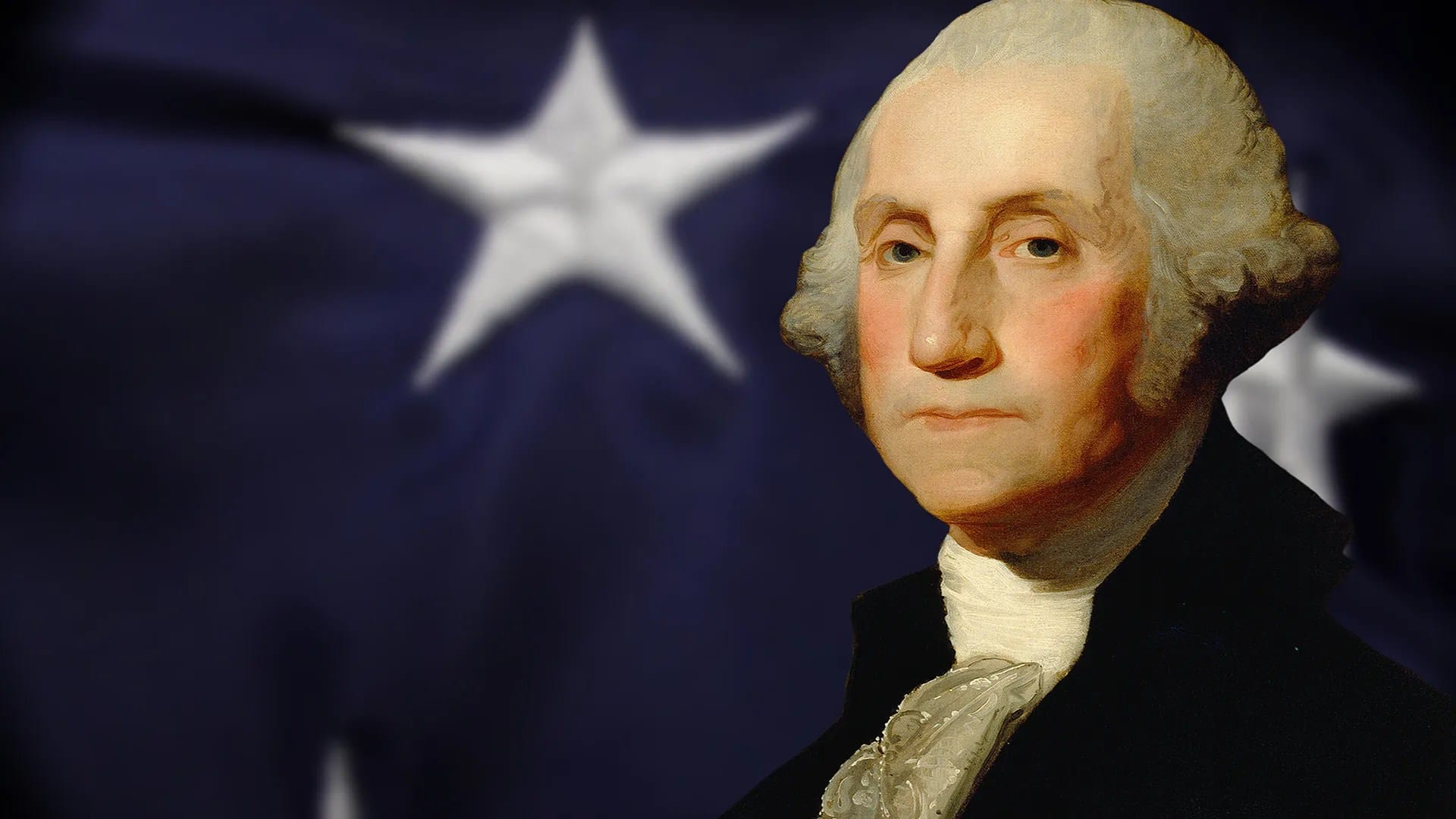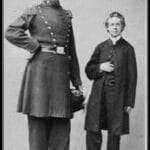Unraveling the Mystery of Washington’s Final Hours
It’s December 1799. A biting wind whips through Mount Vernon as President George Washington, the man who led a nation to freedom, inspects his beloved farms. A chill sets in – a common cold, or so it seemed. Within a day, however, a searing sore throat makes swallowing an agonizing task.
Concern escalates to panic as Washington’s breathing becomes labored. Doctors, using the limited medical knowledge of the time, diagnose him with “quinsy,” a severe throat infection. Despite their efforts, Washington’s condition deteriorates rapidly. Just two days after that fateful chill, on December 14th, the nation’s hero, at the young age of 67, breathes his last.
Was it Just a Sore Throat? The Shadow of Doubt
While the diagnosis of “quinsy” was widely accepted at the time, modern medical experts suggest a different culprit may have contributed to Washington’s swift decline: acute bacterial epiglottitis. This life-threatening condition causes the epiglottis, a flap of tissue that prevents food from entering the airway, to swell, restricting airflow.
Adding to the tragedy, the very treatments intended to save Washington may have sealed his fate. Bloodletting, a common practice at the time, involved draining significant amounts of blood to restore the body’s supposed equilibrium. Today, we recognize bloodletting’s potential harms, particularly for someone already weakened. This aggressive treatment, coupled with other practices like blistering and administering calomel (a mercury-based medication), likely further weakened Washington, possibly hastening his demise.
A Nation in Mourning: The Enduring Legacy
Washington’s death cast a pall over the fledgling nation. He was more than just a president; he was “The Father of His Country,” a symbol of unity, strength, and the hard-won fight for independence. His sudden passing, so soon after stepping down from the presidency, solidified his legendary status, etching his name forever in the annals of American history.
Even today, the exact cause of Washington’s death remains a subject of debate among historians and medical experts. The passage of time often obscures the full picture, leaving us with lingering questions and a sense of awe at the fragility of life, even for those who seem larger than life itself.
Demystifying “Tis Well”: A Deeper Look at Washington’s Last Words
On that somber December evening, surrounded by loved ones at Mount Vernon, George Washington uttered his final words: “Tis well.” Tobias Lear, Washington’s trusted friend and advisor, recorded these poignant words, offering a glimpse into the final moments of a man who had carried the weight of a nation on his shoulders.
While “Tis well” marks Washington’s last spoken words, his true final message to the nation is enshrined in his Farewell Address. This powerful document, penned in 1796 as he stepped away from public life, serves as a timeless warning against the perils of political factions and a heartfelt plea for unity.
The Weight of 67 Years: An Exploration of Life and Legacy
When George Washington died, he was a relatively young 67 years old – an age that, by today’s standards, speaks more of experience and wisdom than impending mortality. To fully grasp the impact of his passing, it’s essential to consider the life he led.
Washington’s 67 years encompassed a tapestry of experiences that shaped not only his character but also the destiny of a nation. From his early days as a surveyor venturing into the untamed wilderness to his pivotal role as commander-in-chief during the Revolutionary War, Washington faced challenges with unwavering determination.
He navigated the treacherous waters of establishing a new government, serving two terms as the nation’s first president, and setting precedents that continue to resonate today. His decision to step down after two terms demonstrated his commitment to the principles of a democratic republic, a legacy that continues to inspire.
Washington’s death at 67, a life seemingly cut short, serves as a stark reminder of the delicate balance between individual mortality and the enduring impact of one person’s actions.
Bloodletting and the Death of a President: A Medical Case Study
George Washington’s death, while shrouded in the medical practices of his era, provides a sobering example of how even well-intentioned treatments can have unintended and tragic consequences. The bloodletting performed on Washington, a routine procedure in the 18th century, now appears shocking and likely contributed to his demise.
To understand this medical intervention, we must journey back to a time when the prevailing theory of disease centered on the balance of four bodily humors: blood, phlegm, yellow bile, and black bile. Bloodletting, believed to restore equilibrium to these humors, was employed to treat a wide range of ailments, from fevers to headaches to, in Washington’s case, a severe throat infection.
During his final illness, Washington endured multiple rounds of bloodletting, resulting in the removal of a significant portion of his blood volume. Modern medical understanding recognizes that such drastic blood loss can lead to a dangerous drop in blood pressure, known as hypovolemic shock. The body, starved of oxygen-rich blood, begins to shut down, and without intervention, death is a very real possibility.
While we cannot definitively state that bloodletting was the sole cause of Washington’s death, its likely contribution underscores the importance of scientific advancement and evidence-based medicine. His story serves as a potent reminder of the ever-evolving nature of medical knowledge and the crucial need for ongoing research and critical evaluation of medical practices.
Want to delve deeper into the lives of history’s most fascinating figures? Explore these captivating stories:
- Do you want to uncover the untold story behind how did angelica schuyler die? Delve into the riveting account of her remarkable life and tragic demise.
- Unravel the enigmatic mystery surrounding how old would jesus be today. Discover the fascinating calculations and historical perspectives that shed light on his potential age today.
- Embark on a captivating journey to uncover how tall was jesus, a question that has intrigued believers and historians alike. Explore the ancient texts and archaeological evidence that provide insights into his physical stature.
- Step into the brilliant mind of isaac newton iq and discover the extraordinary intelligence that revolutionized the scientific world. Learn about the groundbreaking theories and inventions that shaped our understanding of the universe.
- Celebrate the trailblazing spirit of jane bolin, the first African American woman to graduate from Yale Law School and become a judge. Be inspired by her unwavering determination and pioneering achievements.
- Witness the indomitable courage of jan gies, the Dutch woman who risked her life to save hundreds of Jewish children during the Holocaust. Explore her heroic deeds and the profound impact she had on countless lives.
- Unlock Elemental 2 Secrets: Actionable Insights Now - April 2, 2025
- Lot’s Wife’s Name: Unveiling the Mystery of Sodom’s Fall - April 2, 2025
- Photocell Sensors: A Complete Guide for Selection and Implementation - April 2, 2025

















4 thoughts on “The Final Illness: How Did George Washington Die?”
Comments are closed.